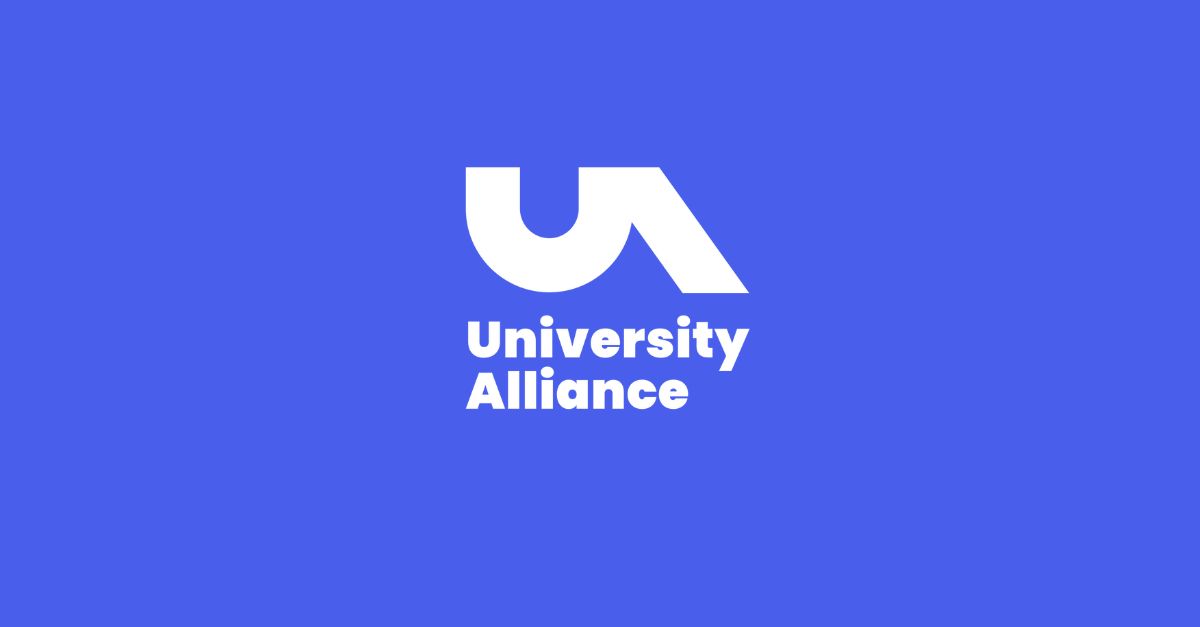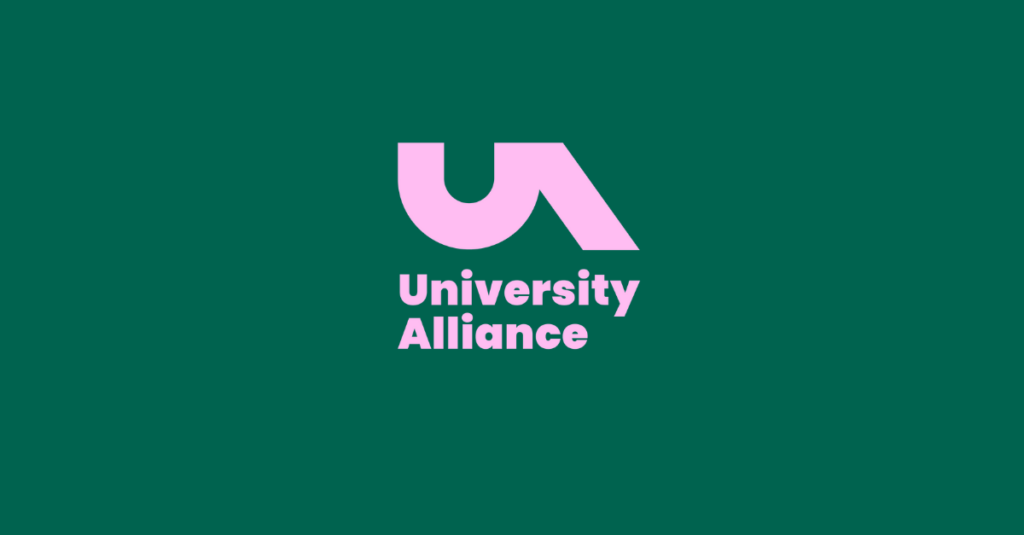Today University Alliance are publishing a report tackling one of the trickiest – yet most pressing – questions facing the HE sector. How can we ensure quality of the student experience in an expanding higher education system?
The report is based on interviews with experts and leaders in HE, and draws on the masses of blogs, publications and speeches that touch on the issue too.
In pulling all this together, we found differences of views, of course. Panels of experts could argue all day about how the market is or is not functioning to drive quality, and how it will or will not operate in the interests of quality in the future. But strikingly, we found great similarities too.
Notes from these interviews are peppered with phrases like “phenomenally diverse”,”hugely diverse” and “unrecognisably diverse”. Our conclusion is that this increasingly diverse HE sector – from tiny college to huge university, from new market entrant to centuries old establishment, should all fall under one HE quality system. One sector-owned UK Quality Code. One commitment to maintaining and enhancing the reputation of UK HE.
But how far is that system able to cope with diversity? And how will it cope when student number controls come off for all but the highest risk providers in 2015-16?
We need a quality assurance system that can balance two risks: the risk of stifling innovation vs. the risk of the growth of poor quality provision
Innovation in teaching and models of delivery is a constant priority, a central focus for Alliance universities. And there is an ever-present worry about how far regulation, especially if it were of the ‘jumping-through-hoops’ variety, could smother it. But equally, regulation – applied equitably, if not identically, across the whole sector – is vital to avoid the growth, especially the rapid growth, of poor quality provision.
Our report sets out nine priorities for the future of the quality assurance system. These are grounded in a discussion of the important principles, which we don’t want to throw away in our haste to transform. They take place within a wider context of regulatory change, so ably summed up in a recent blog post by Andrew Boggs of the HE Better Regulation Group.
Many of our recommendations are not new – some are already in train – but it is important to highlight them as a package.
Nine priorities to protect quality
- An HE Bill should be introduced as soon as possible; this should be a priority for whatever Government is in power after the 2015 General Election. In saying this, we add our voices to those of NUS, think tanks like the Higher Education Policy Institute and a host of others. Our view is that there should be a single regulatory body for all HE providers in England, commissioning the Quality Assurance Agency (QAA) to undertake quality assurance across the system.
- The risk-based quality assurance system is yet to be fully implemented, and a lot is resting on it. It needs to be monitored carefully to ensure that risks are being correctly identified and addressed.
- The sector and regulatory bodies need to look at where the risks might be, for example: collaborative arrangements, changing corporate structures, HND/ HNC provision in providers with a relatively short track-record in working within the UK HE quality assurance system; and respond accordingly.
- Although the Government expects to provide £900m in student support to alternative (private) providers next year (2014-15), there is almost no comparable information about these providers’ satisfaction, retention or employability rates. We hear mixed messages: that these things take time, that legislation lags behind, that some providers fervently want to take part, that others are too small. The principle remains – the sector should move with all speed towards parity of information from different providers. Otherwise we risk compromising quality assurance and enhancement, as well as effective student choice.
- As Rachel Wenstone, Vice-President (Higher Education) at the NUS writes, “We need to be thoughtful about what basic and fundamental rights and protections are afforded to students in our system”. For example, students in the great majority of alternative providers do not have access to external complaints moderation. This is not fair and requires legislative attention.
- Again, on the subject of rights and protections for students, the sector as a whole needs to continue to plan for institutional and programme failure and how these will be managed, in order to protect the interests of students. This is a difficult issue to resolve, but it is not going to go away.
- Fair admissions needs protecting – no-one wants to see students coming in who are unable to benefit from HE – but we need to avoid blunt policy responses. We do not support the introduction of the blunt instrument of centrally-imposed minimum entry requirements.
- There is a need for creative thinking around further ways to support retention. When data allows, the funding system should be adjusted to provide further incentives.
- Finally, quality costs. Bahram Bekhradnia, Chair of HEPI, recently warned of the risks to quality of uncapping the sector if funding doesn’t follow. University Alliance will be publishing (June 2014) proposals to set the HE system on a sustainable long-term funding system. Last week we argued in our report on social mobility in HE, Closing the Gap, the need to increase Student Opportunity funding to ensure that students from non-traditional backgrounds succeed.
University Alliance looks forward to being part of the continuing debate.





